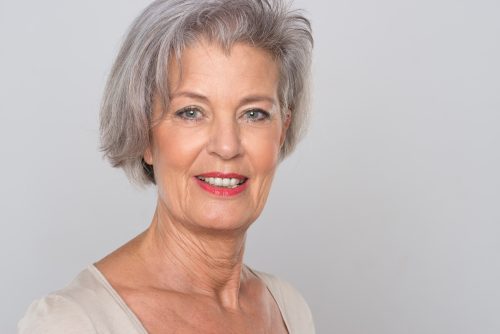Women, Aging, and SEX Ratio
Successful aging does not mean postponing aging…
Women, Aging, and the SEX Ratio
By the age of 85 there are roughly six women to every four men. At age 100 the ratio is more than two to one. And by age 122–the current world record for human longevity–the score stands at one-nil in favor of women;this longevity phenomenon is known as “the sex ratio.” I recently informed one of my soon-to-be-divorced-middle-aged-male friends that if he kept his “shelf-life” up his dance card will always be filled!
Women still outlive men by about 5 to 6 years and thetheories range from biological, behavioral, and sociological, and have been bandied aboutin pool hallsand academic halls alike–most likely it’sa hybrid of each (andsome unknown Xfactor). But the factremains, the futurewill be a feminized gerontocracy!
Fountain of Age
One of the most influential books on aging I ever read was by the late Betty Friedan: *Fountain of Age. From thatthought provoking work,Friedan posits two theories why women may actually age longer and better than men:
1. The X-Over: As women age they move into new stages of HUMAN DEVELOPMENT (not decline). Women reclaim their “male side” of assertiveness, more commanding and adventurous nature. Men reclaim their passive, nurturing, and contemplative “feminine side.”We quite literally X-Over and pass each other like ships in the sea of mid-life. Friedan argued that the female advantage comes as older women now enjoy integrating masculine values; which our culture legitimizes. The male disadvantage of integrating feminine values in older age is that it’s viewed as a crisis, illness, or disengagement that precedes death.
2. Aging and Discontinuity Theory: “Do changes that take place in women’s roles over a lifetime account for their greater flexibility and resilience in age?”
As the theory goes, women experience many more role changes in the life course than do their male counterparts, for example; student, mother, empty nester, second career, widowhood (70% more likely to lose spouse). Women spend on average 11.5 years out of the workforce as compare to men at 1.3 years.
The argument is that women become more accustomed to change and the impermanence of life. That ability is a longevity advantage for successful aging. Men have fewer role changes and in fact, retirement for men has been called “the role-less role.” They are less equipped to handle the changes brought on by the aging process (men’s suicide rates are higher in old age).
Women Aging in Place Alone
Regardless of whether you embrace Friedan’s theories, the fact is aging is mainly a women’s issue because of longevity advantages–whatever the cause/s. This should get women thinking about the future, and thinking outside the box about aging in place options…
________________________________________________________________________________________
National Shared Housing Resource Center:http://nationalsharedhousing.org/
Why So Many Of Us Want To Be Single After 50 (https://www.huffingtonpost.com/high50/single-after-50_b_6444310.html)
About 22 percent of older adults in the United States fall into the category of being “elder orphans” or are at risk of doing so in the future, according to a 2016 study: Source-https://www.washingtonpost.com/national/health-science/elder-orphans-without-kids-or-spouses-face-old-age-alone/2018/10/12/a2c9384a-cb24-11e8-a3e6-44daa3d35ede_story.html?noredirect=on&utm_term=.13662f4006b3
*Fountain of Age was published in 1993 and although some concepts related to gender roles seem outdated today (and don’t consider same-sex or trans issues), for an older generation they may be more relevant.

